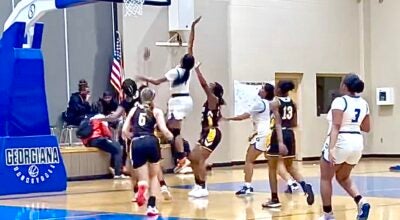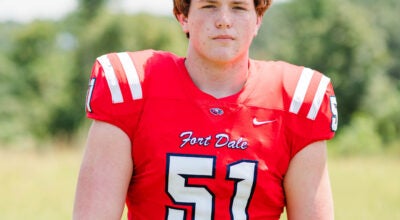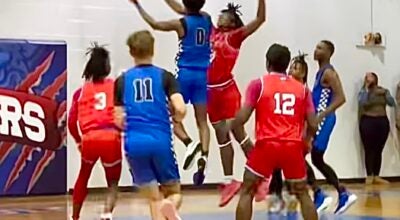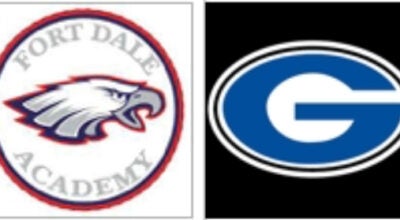L.V. Stabler forms partnership to limit concussions
Published 4:58 pm Tuesday, August 25, 2015
Football season is here, and L.V. Stabler Memorial Hospital is joining with coaches and parents to keep student-athletes safe on the field.
The focus on football and its connection to brain injuries continues to trend younger and younger. Prompted by reports of degenerative brain disease afflicting many NFL veterans, new research has shown that concussions and other traumatic brain injuries are most prevalent among high school athletes.
That’s major concern for Dr. Raj Chavan, who spearheads the hospital’s sports medicine program.
Chavan, who has worked with the Buffalo Bills of the NFL and the Buffalo Sabres of the NHL, said when most people think about sports medicine, they think about broken or sprained ankles or knee injuries. While those are certainly concerns, his main concern has to do with head injuries suffered during contact sports, such as football.
“What I worry about is concussions. What I worry about is neck injuries. These are things people can die from,” Chavan said.
The Datalys Center for Sports Injury Research and Prevention in Indianapolis, Indiana, used reports from three large surveillance systems in the U.S. to study concussions in 118 youth football teams, 96 high school programs and 24 college institutions in the 2012 and 2013 seasons. In total, more than 1,000 concussions were reported. About 66 percent were in high school students.
A report published by JAMA Pediatrics reveals that 1 in 30 football players ages 5 to 14 will sustain at least one concussion per season, and youth athletes along with high school players suffer concussions more frequently than knee sprains and fractures.
Governing bodies, organization officials, coaches, and parents are starting to take the issue of concussion and other injuries seriously.
The Alabama High School Athletic Association has put a concussion policy in place that requires any player that has exhibited signs, symptoms or behavior consistent with a concussion to be removed from the contest. He cannot return to play until a medical release is issued by a physician.
An online concussion course from the National Federation of State High School Associations, the body that writes the rules of competition for most high school sports, is required for all certified coaches. The course is aimed at helping coaches identify the symptoms of a concussion.
L.V. Stabler Memorial Hospital and Rehab Associates are placing doctors and athletic trainers on the sidelines during local teams’ games to help ensure the safety of student-athletes.
Chavan also recently led a seminar for area coaches on head and neck injuries. Approximately 20 coaches from Butler, Conecuh and Monroe Counties attended.
“Coaches are not doctors,” Chavan said. “We can give them guidelines — things to look for — but they are still not doctors. If an athletic trainer is out there they understand how to do a concussion analysis — at least tell the coach, ‘Hey, we need to pull him out. He’s not going in.’ If they go back on the field, they are not healed from the injury. If they have a second concussion, 50 percent of them die and 100 percent of those who don’t will have some kind of neurological problem for their lifetime.”
The average athlete who suffers a concussion needs up to two weeks to stop having symptoms like headaches and memory problems, but those who have had multiple concussions may need longer to recover, with memory and attention problems sometimes lasting a year.
“It is important that these athletes get the proper care,” Chavan said. “We feel that we have a moral obligation to all these athletes to take care of them. We keep pushing to do better. I feel that we have come a long way with our sports medicine program, but we can do better. We have started putting people in place so we can take better care of that.”





